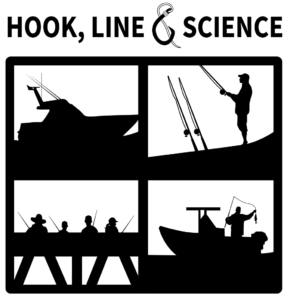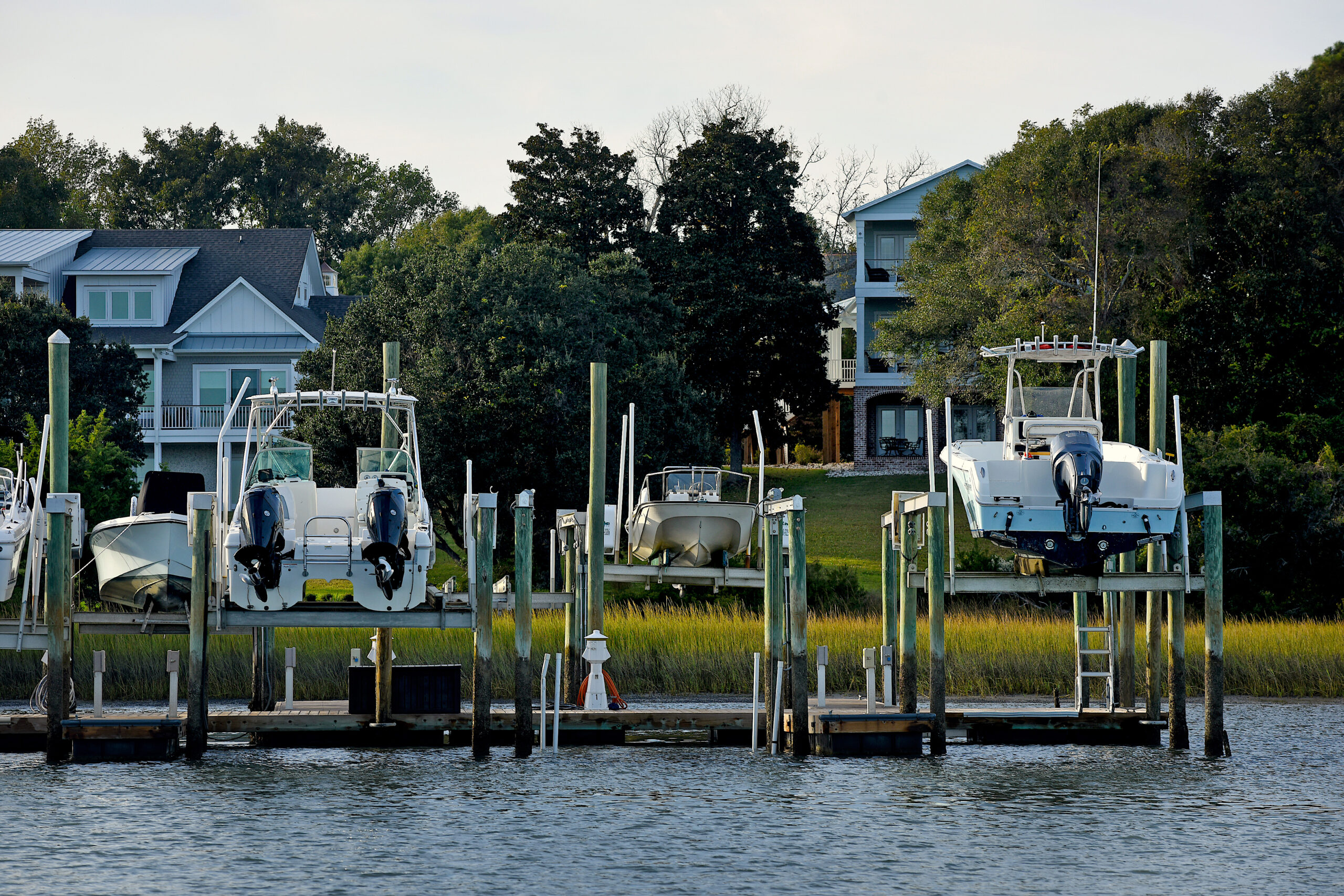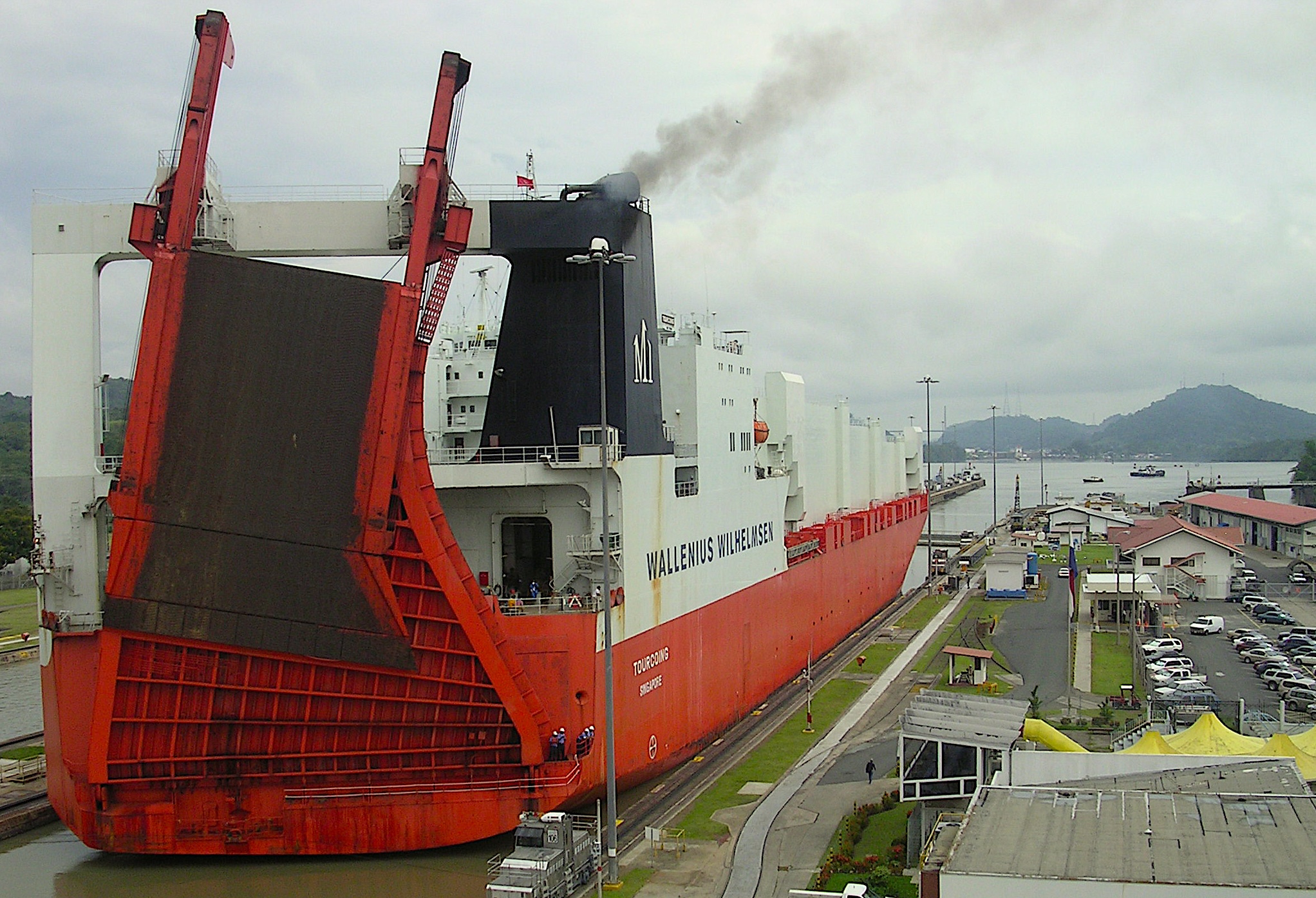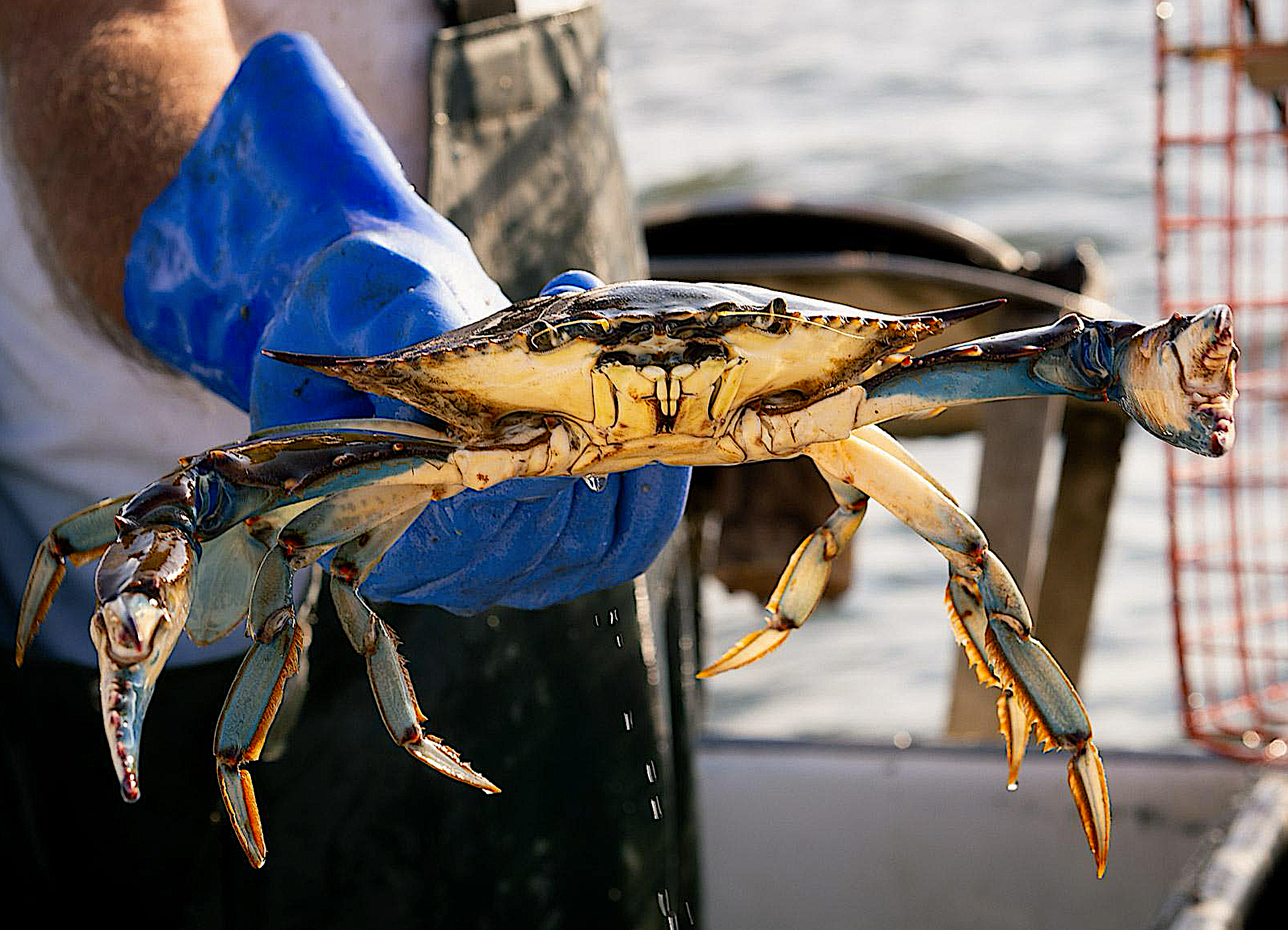New approaches may help prevent some species from expanding their range.
Just this past September, scientists confirmed zebra mussels in North Carolina. This organism normally doesn’t live here and can quickly take over an aquatic environment, competing with native organisms for limited resources. Nuisance species like zebra mussels hitchhike between water bodies on boats, fishing gear, and more.
Last week, Memorial Day marked the unofficial start to the recreational boating season, but this also means the increased spread of eco-harmful hitchhikers.
Research Need
Eradication of established nuisance species isn’t feasible: control measures are expensive and success rates are low. Prevention is the most effective form of control.
Recreational boats are a significant pathway for species to access new waterbodies. Boater surveys indicate that many boaters intend to clean their boats, but lack of equipment is a significant barrier.
As a result, lake organizations, governments, and conservation organizations are choosing to install boat cleaning systems, but what strategies are most effective?
What did they study?
Researchers examined the effectiveness of two boat cleaning systems: water-based and waterless.
Water-based boat washes use spray to remove species from the boat and may use heated water to kill the organisms. Waterless systems use a combination of grabber tools, plug wrenches, a vacuum, or a high-pressure air wand to allow the boater to remove visible species, drain accumulated water, and dry the boat.
The team reviewed published research reports, interviewed 12 Great Lakes experts (representing seven boat cleaning programs) on nuisance species, and also reviewed boater survey data from the Michigan State University Mobile Boat Wash outreach and education program.
What did they find?
Complete removal or destruction of all nuisance species is difficult to achieve regardless of the cleaning system.
First, for water-based systems, water spray does not directly contact the places where many species can settle, such as the motor. High-pressure water is significantly more effective than low-pressure and hand removal in situations where boats were fouled with small invertebrates or small plant seeds.
Prior research indicates that for hot water spray, temperatures need to be greater than 131 F and applied for up to 10 seconds to kill 90% of most plants and invertebrates. This means that to treat the hull of an average 13-foot boat with a height and width of 5 feet and 2 feet, the team estimated 139 minutes of hot water spray would be necessary.
When water-less systems are publicly available, these tools help people access difficult-to-reach areas, allowing them to decontaminate their boats more thoroughly.
Above all, most aquatic plants and animals will not survive long without immersion in water, so boat drying is an effective strategy. However, the team concluded that seven days of drying, on average, is required to kill 90% of the hitchhiker species on watercraft. This time period may be impractical for frequent boaters.
So what?
The team determined the most important characteristic of boat cleaning systems is ease of use. Manned cleaning stations, where boaters do not do the cleaning themselves, are the most convenient.
In the case of heated, high-pressure water systems, staffing also protects boaters from burns and the hosting government agencies and organizations from liability. Manned systems additionally offer the opportunity to conduct outreach with boaters, which can positively influence boater behavior in preventing transport of species between waterways.
That said, due to funding restrictions, boat cleaning stations likely should comprise waterless systems, which are cheaper, safer, and have tools and cleaning techniques that are self-explanatory through signage.
For a boater’s guide to protecting coastal resources, visit the N.C. Department Environmental Quality and the U.S. Fish & Wildlife Service.
Reading
Bleitz, M., Walters, K., and Latimore, J.A. 2024. A comparison of boat cleaning systems: invasive species removal, boater outreach and engagement, and cost. Lake and Reservoir Management, 40:1, 43-56. DOI: 10.1080/10402381.2023.2297231
This work was supported by Michigan Department of Environment Great Lakes and Energy and the U.S. Fish and Wildlife Service.
BY SARA MIRABILIO.
Lead photo courtesy of NC State Photos.
The text from Hook, Line & Science is available to reprint and republish at no cost, but only in its entirety and with this attribution: Hook, Line & Science, courtesy of Scott Baker and Sara Mirabilio, North Carolina Sea Grant.

- Categories:




